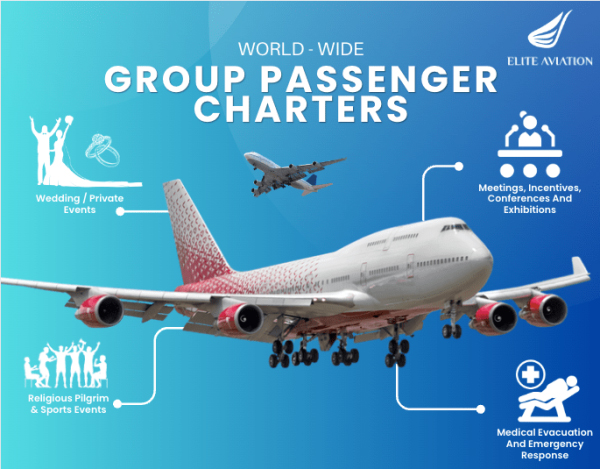Next year will mark seven decades of commercial jet travel. The de Havilland DH.106 Comet entered service with BOAC on May 2nd, 1952, and went on to revolutionize the whole aviation market. There were great expectations with the plane, and even though the program wouldn’t last so long, it helped pave the way for a new age in the aviation industry.

New requirements for a new era
The Brabazon Committee was formed in 1943, which had the task of determining the United Kingdom’s aviation needs after the end of the Second World War. The group felt that the country needed a pressurized, transatlantic mail plane. The desire was to transport 2,200 lb of payload at a cruising speed of 400 mph.
At the time, it was believed that jet engines consumed too much fuel and were unreliable. Jets were deployed in World War II but were yet to be entered into passenger service. However, de Havilland had faith in the technology.
Overall, Sir Geoffrey de Havilland used his experience and reputation to get the project off the ground. Thus, the first commercial jet airliner in the world took to the skies for the first time on July 27th, 1949, which was also Sir Geoffrey’s 67th birthday. Moreover, chief test pilot John Cunningham was also celebrating his birthday that day.

Plenty to be excited about
There were several benefits to be had with the aircraft. It was approximately 50% quicker than its piston counterparts at the time. Flights from London to Tokyo were taking up to 86.5 hours during this period, but the Comet only took 36 hours. There were also several other advantages across the board.
“The DH106 Comet was only 93 feet in length, almost 15 feet shorter than its main competitor the Douglas DC6B. It carried fewer people although this was in a significantly more spacious environment and BOAC opted to instal 36 reclining ‘slumber-seats’ with 45-inch (1,100 mm) centres thus allowing for greater leg room in front and behind. Air France chose 11 rows of seats with four seats to a row installed,” BAE Systems shares.
“In the BOAC configuration, the large window and table seating gave a feeling of comfort and luxury, highly unusual for passenger air travel of the period. Other luxuries included a galley, serving hot and cold food and drinks, plus a bar and even separate men’s and women’s toilets. The structure also provided space for emergency situations including life-rafts, stored in the wings near the engines, and individual life-jackets were stowed under each seat.”
BAE Systems also notes that the Comet was notably quiet compared to other aircraft on the scene. The plane offered “vibration-free flying” due to the difference that a jet engine would make compared with a propeller vehicle.

Initial glory
Over 30,000 passengers were transported in the first year of service. Moreover, at least eight flights with the aircraft took off from London weekly. These operations headed to the likes of Colombo, Johannesburg, Singapore, and Tokyo.
Key operators of the Comet series included:
- Aerolineas Argentinas
- Air France
- BOAC
- BEA
- East African Airways
- Olympic Airways
- United Arab Airlines
- Union Aeromaritime de Transport (UAT)
Significant concerns
Despite the revolutionary achievements, the plane’s early operations didn’t go so smoothly. There was a series of crashes that resulted in the being grounded multiple times in the mid-1950s. Notably, the issues with the plane became a national concern. Even Winston Churchill, the United Kingdom’s prime minister, expressed that finding a solution to the mystery of the accidents was a high priority. Overall, the world had its eyes on the British aviation industry.
Despite the extensive testing, which saw a Comet being submerged repeatedly underwater, and the improved construction that followed, the Comet 1, and its successors, the Comet 2 and 3, would not serve another passenger. The Comet 4, would see some success with a handful of airlines, but by this time, the rest of the industry caught up with the jet trend.

In total, including prototypes, 114 units of the type were built between 1949 and 1964. The plane had swiftly been overtaken by competitors in the passenger realm. However, it wasn’t until 1997 when it was finally retired for the last time. This final aircraft was the Royal Air Force’s Comet 4C XS235.
Stay informed: Sign up for our daily and weekly aviation news digests.
The one that kicked it all off
Altogether, the de Havilland Comet was the aircraft that kicked of a new era in the industry. The jet age has brought countless new opportunities within the travel industry. The increase in speed and lower costs that came with the jet enabled the wider society to hit the skies for the very first time. This age may have lasted until now, but following Comet’s introduction, it was a genuine craze around the world.
The likes of Boeing and Douglas soon introduced their own here with the 707 and DC-8 respectively. These American manufacturers became powerhouses in the field in subsequent decades. Meanwhile, the Comet never managed to make a comeback following the series of tragedies that occurred following its entry to service.

The damage was simply done and others filled in the gap. Nonetheless, the initial breakthrough of the Comet and the should not be forgotten. Perhaps it was just introduced slightly too early for the industry. Regardless, it was the jetliner that started it all.
What are your thoughts about the de Havilland DH.106 Comet? What do you make of the plane’s impact over the years? Let us know what you think of the aircraft and its operations in the comment section.
[ad_2]
Source link


